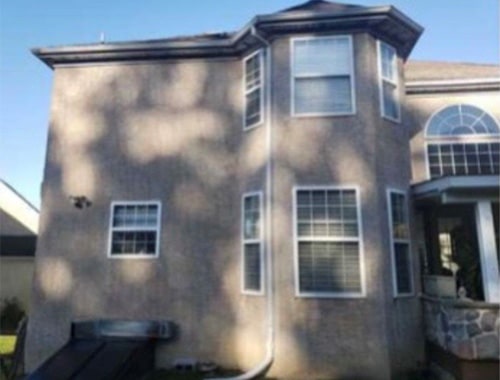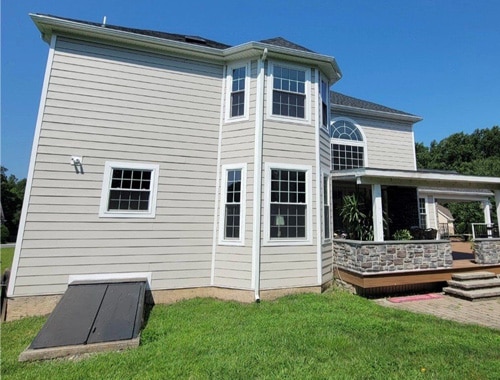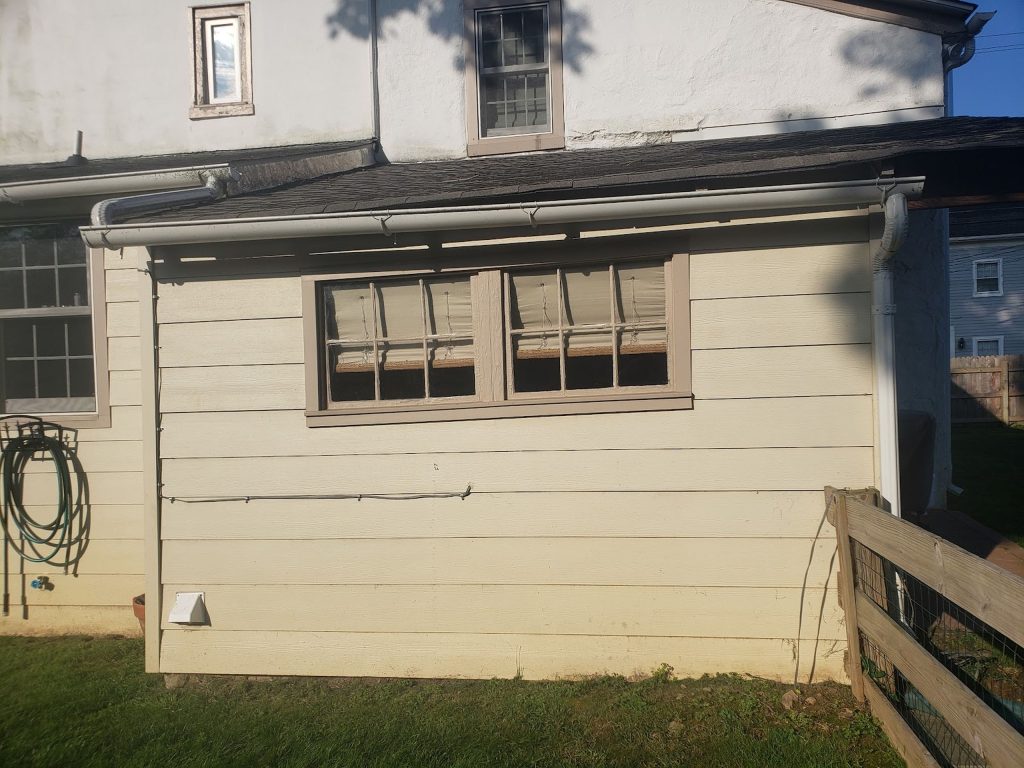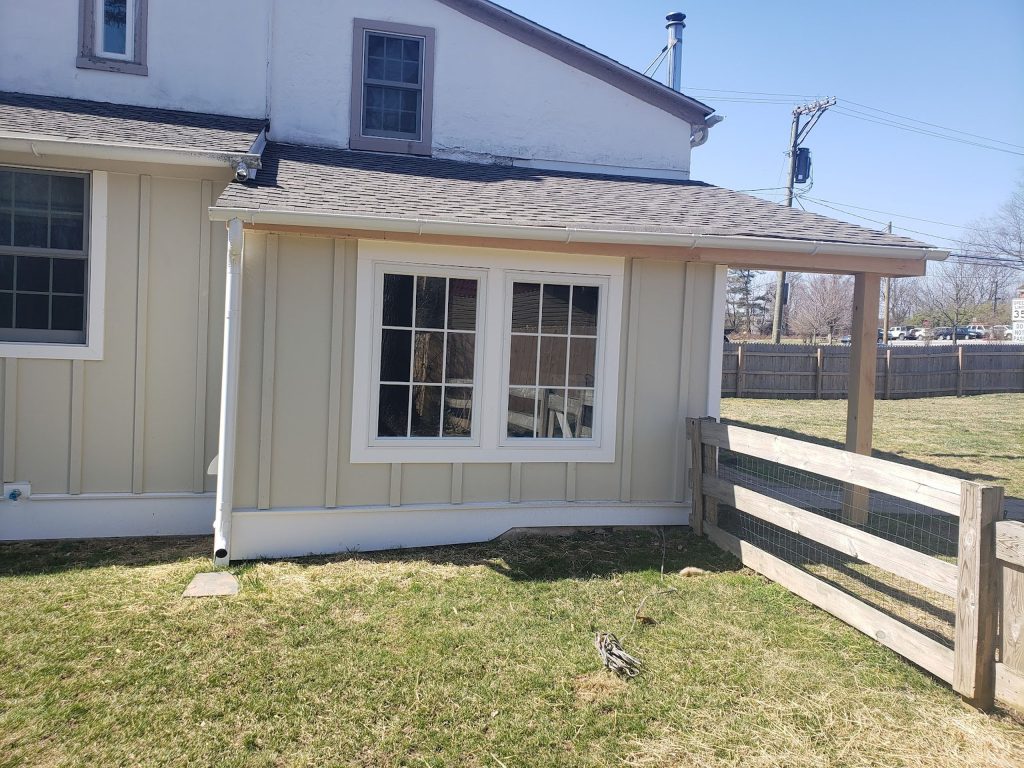Is the exterior of your home getting old and beginning to corrode? Are you concerned about water damage and loss of value?
With vinyl siding or James Hardie fiber cement siding, you can relieve yourself from these concerns by giving your home a needed facelift and providing better protection.
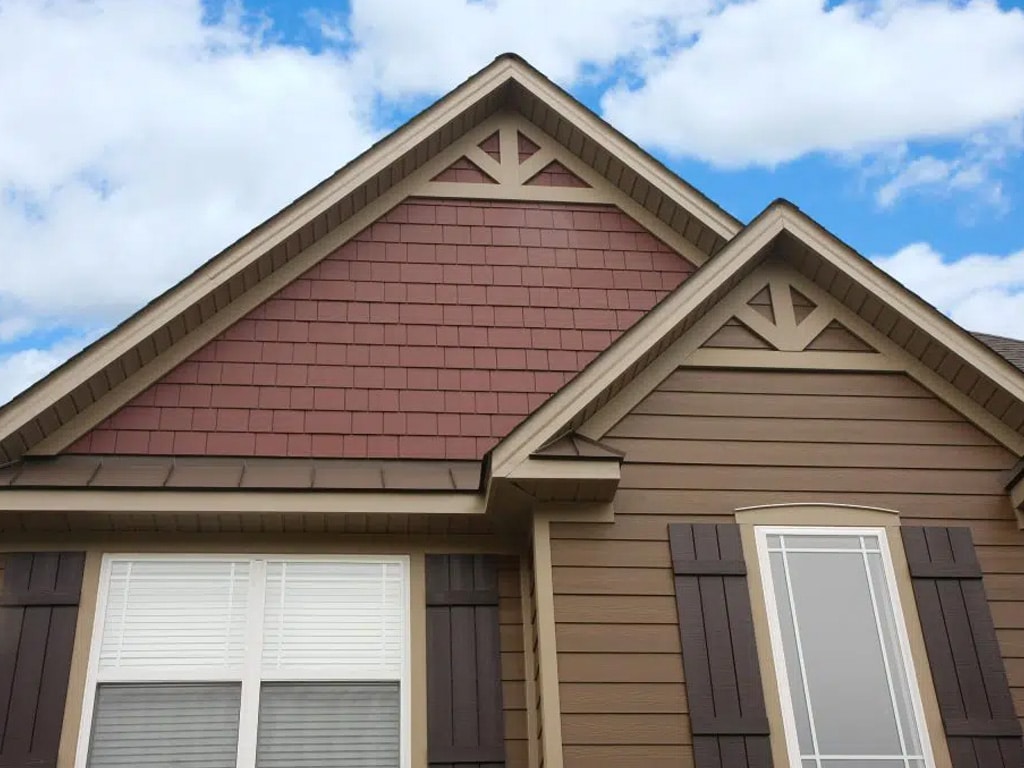
Exterior siding
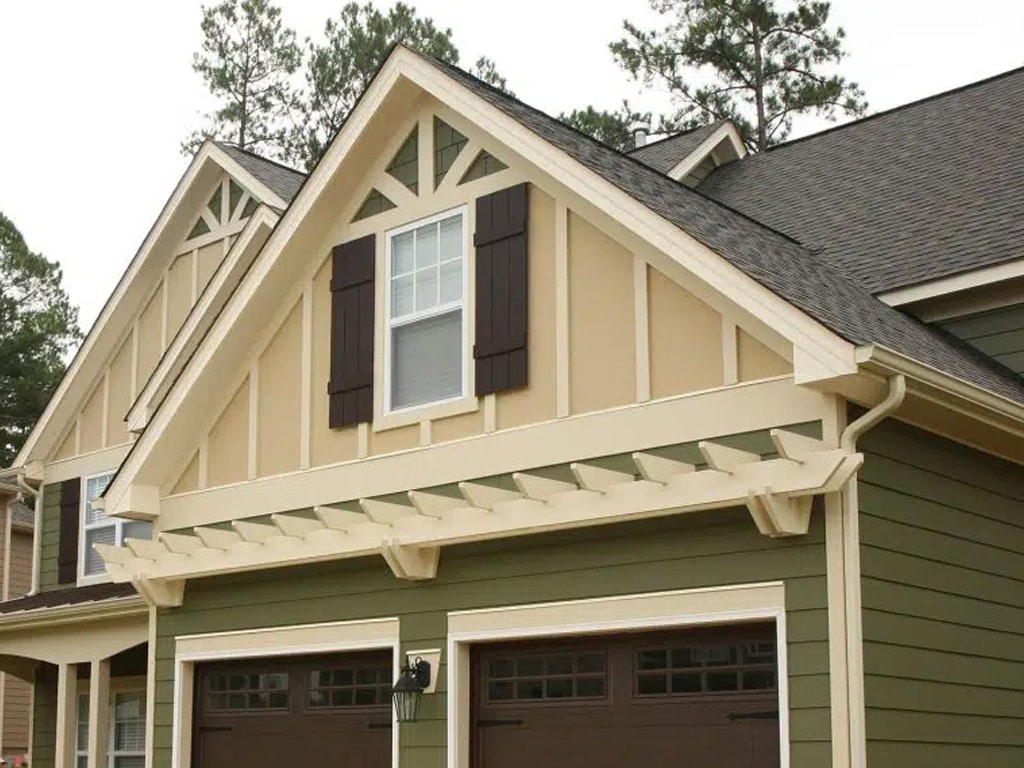
Siding and trim
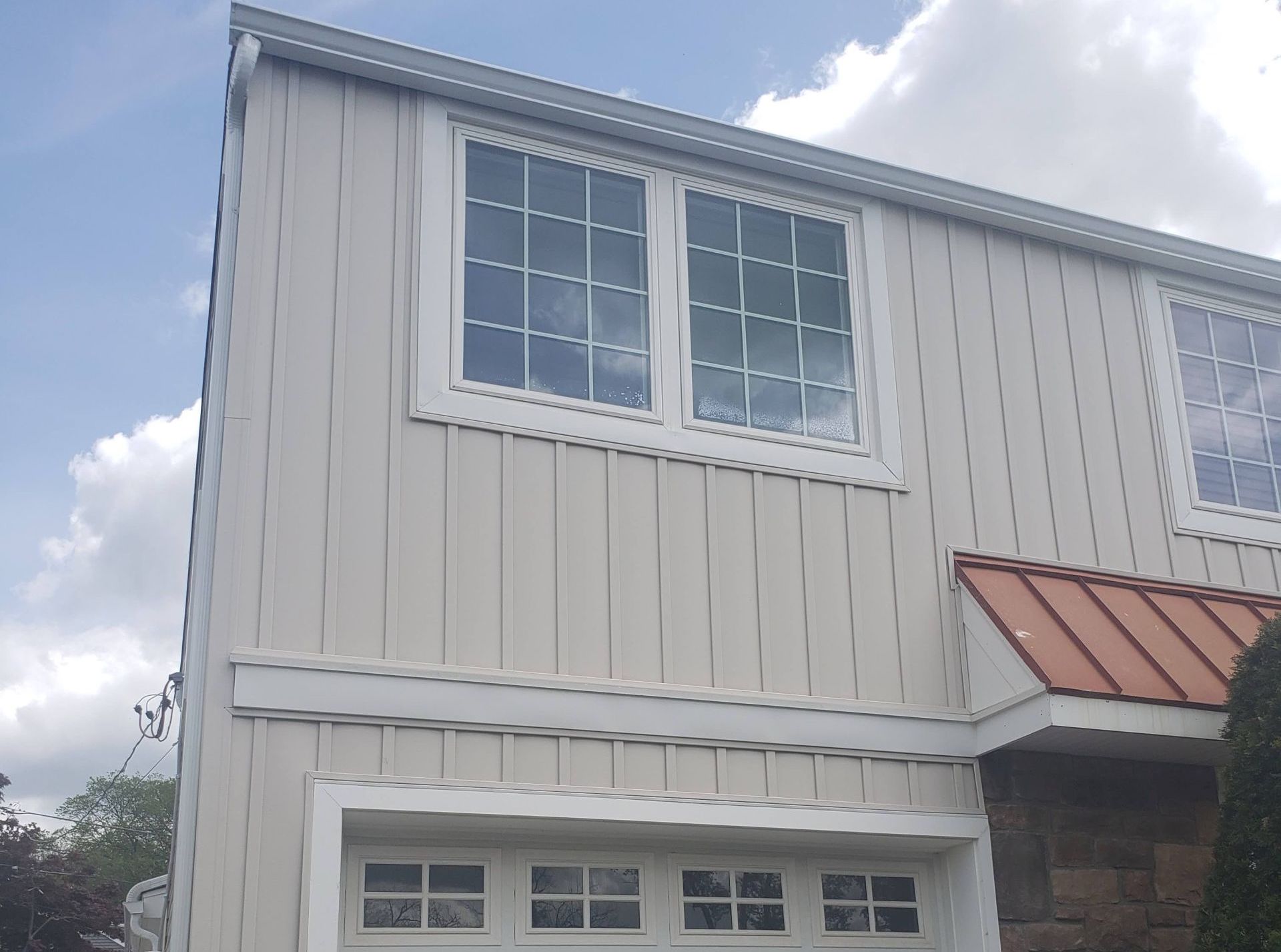
Siding with overhead doors
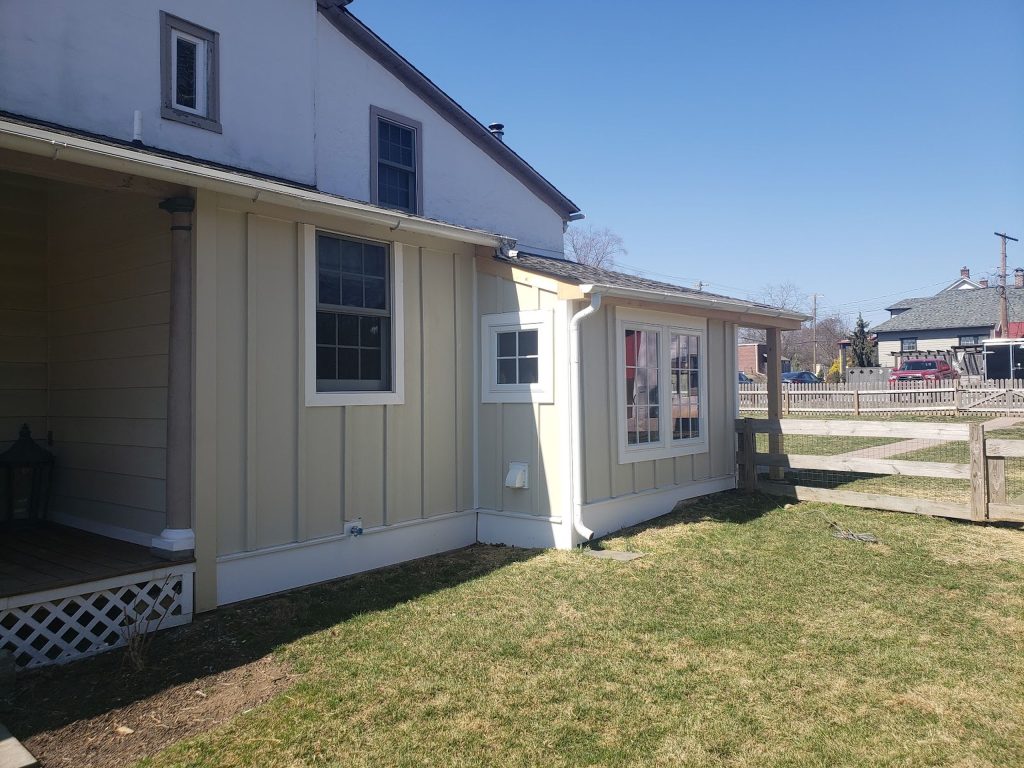
Exterior siding
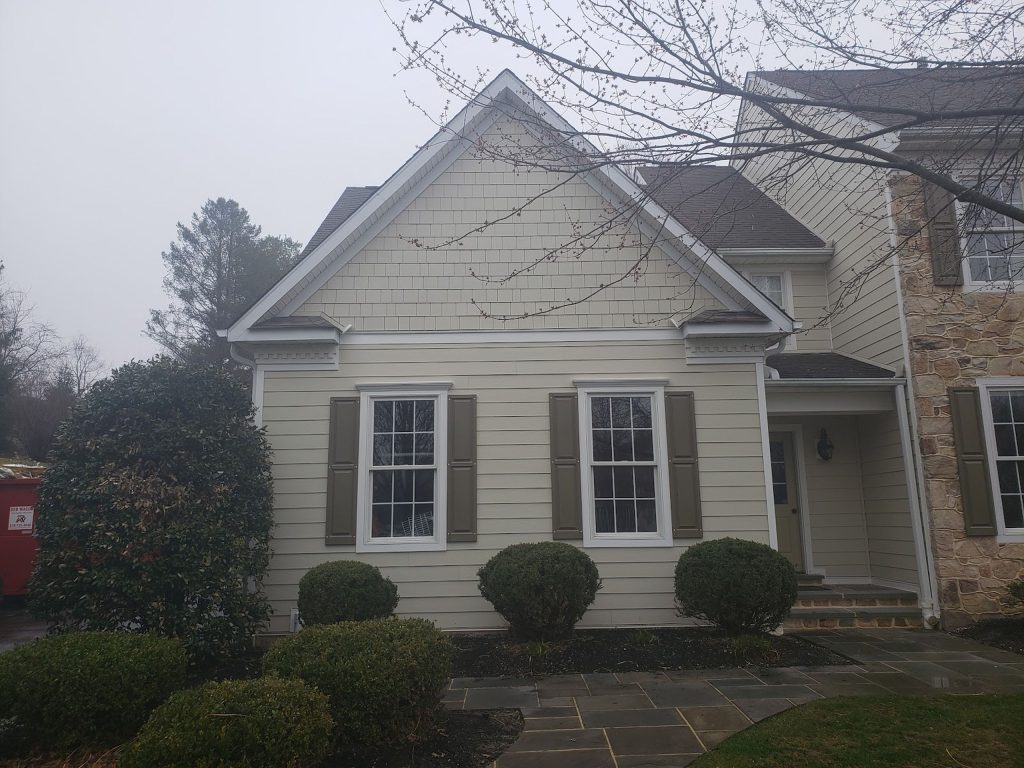
Residential siding
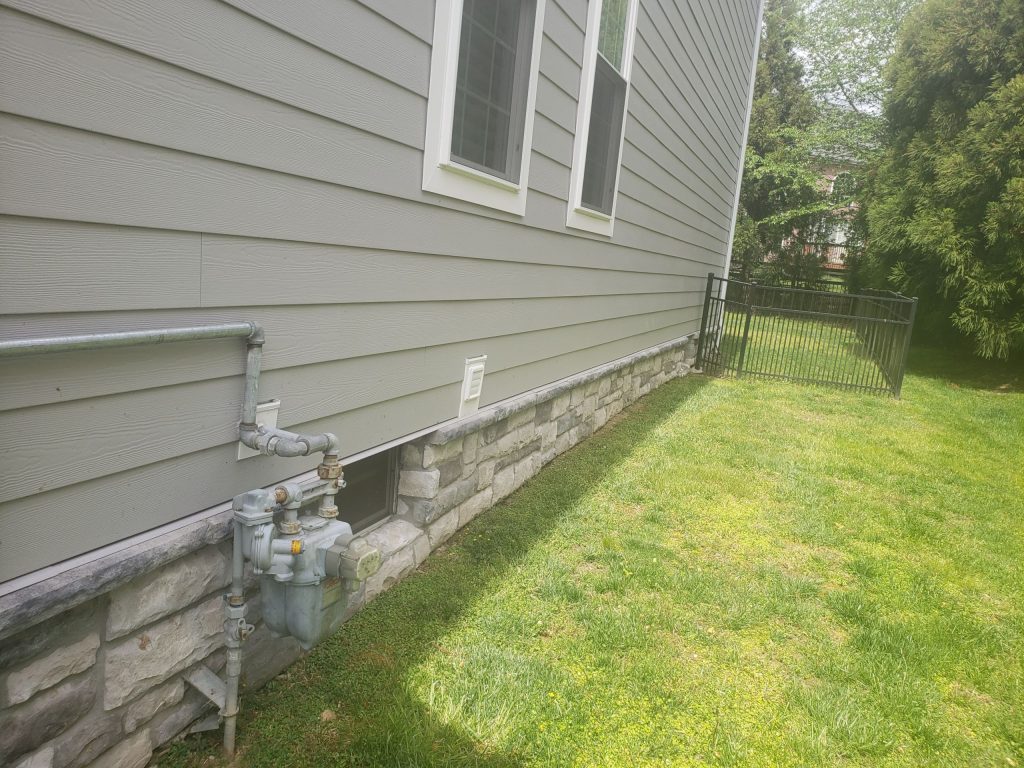
Siding above foundation
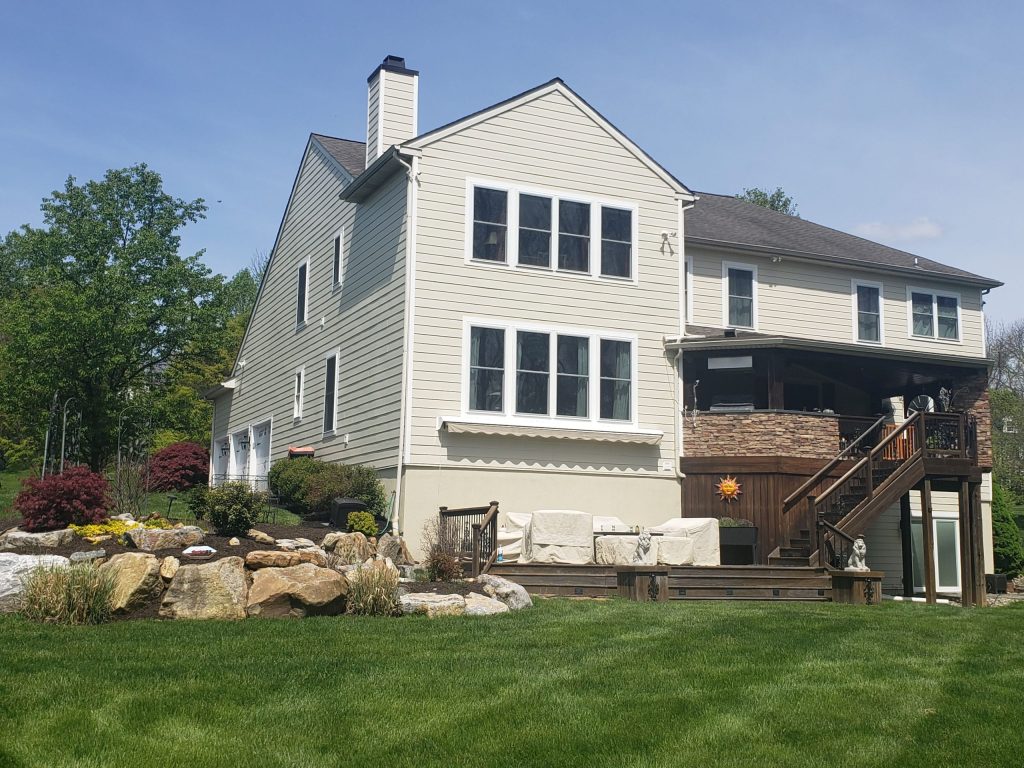
Residential siding
Siding That Protects in Style
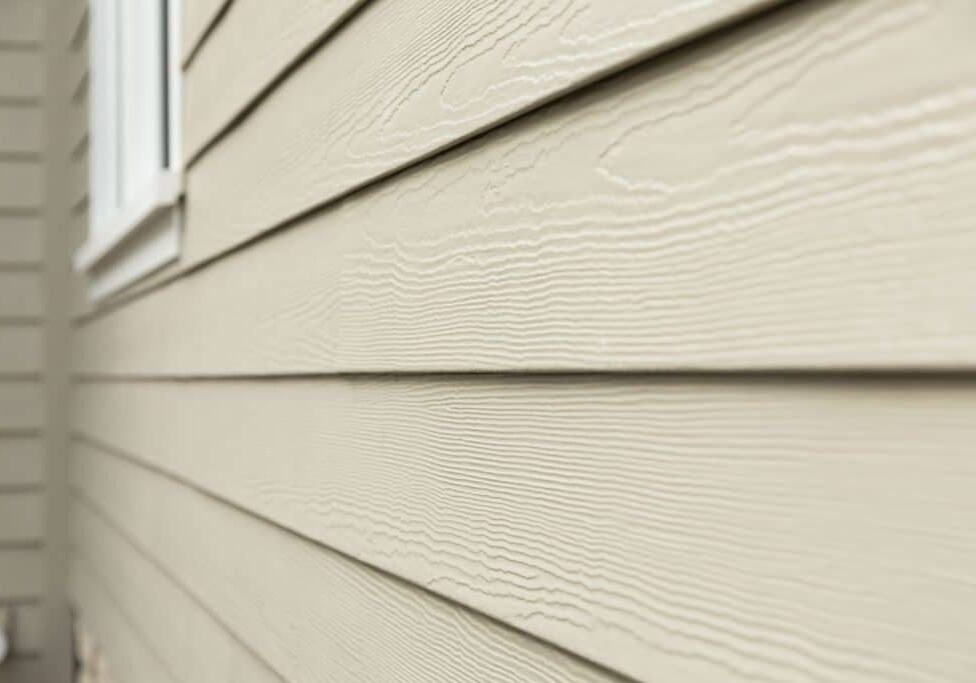
PREMIUM MATERIALS
James Hardie fiber cement siding looks great, prevents fires, and resists sun and heat.
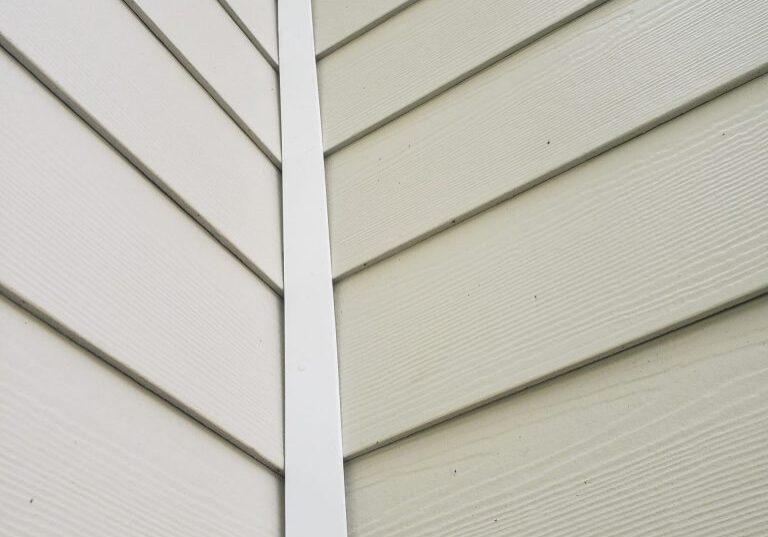
Rabbeted Trim
The siding goes behind the trim instead of up against it, making the caulk more secure and requiring less maintenance.
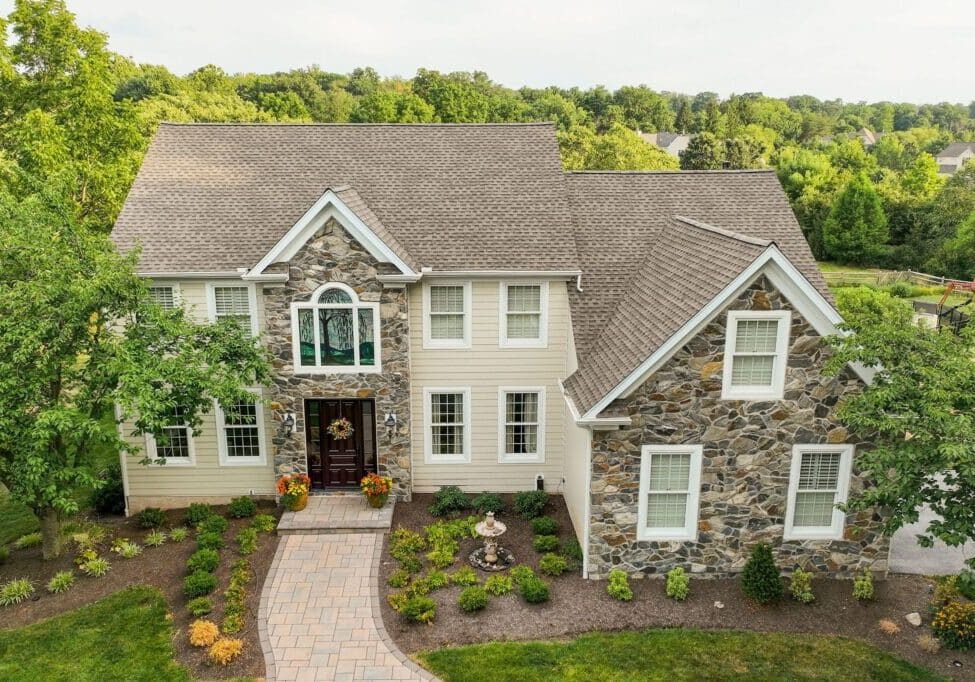
INCREASED HOME VALUE
It’s simple: When you have a stylish and quality home exterior, your home’s value increases!

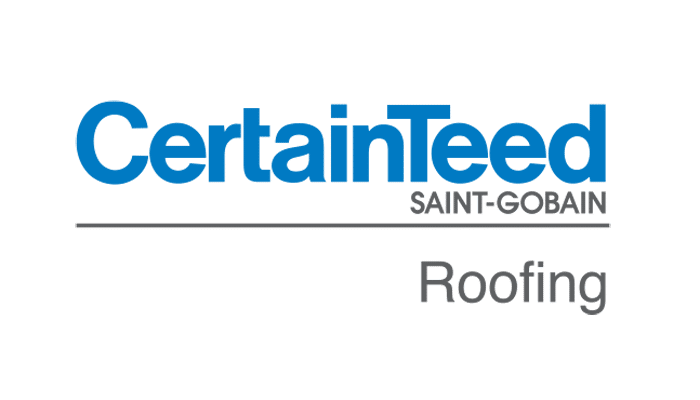
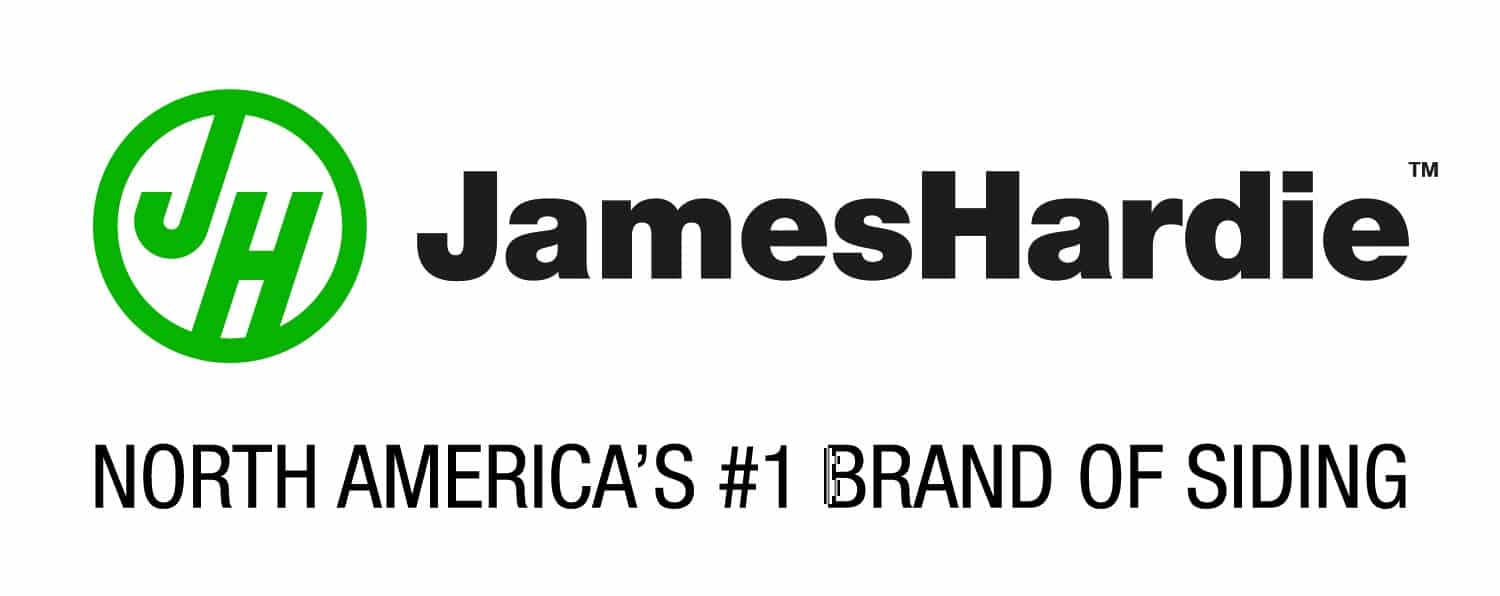
Siding We Install
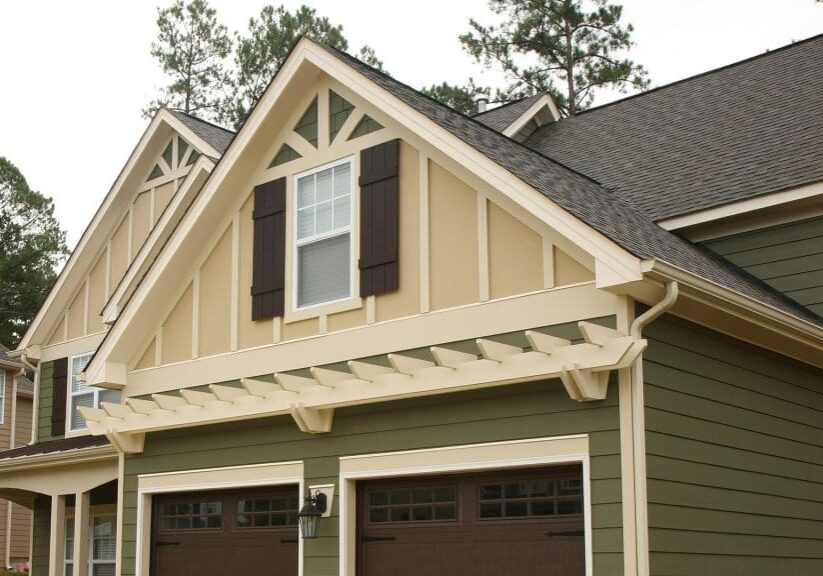
Board & Batten
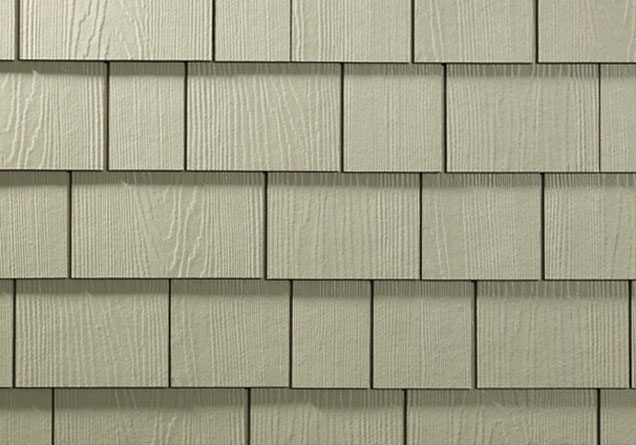
Shake (photo credit: James Hardie)
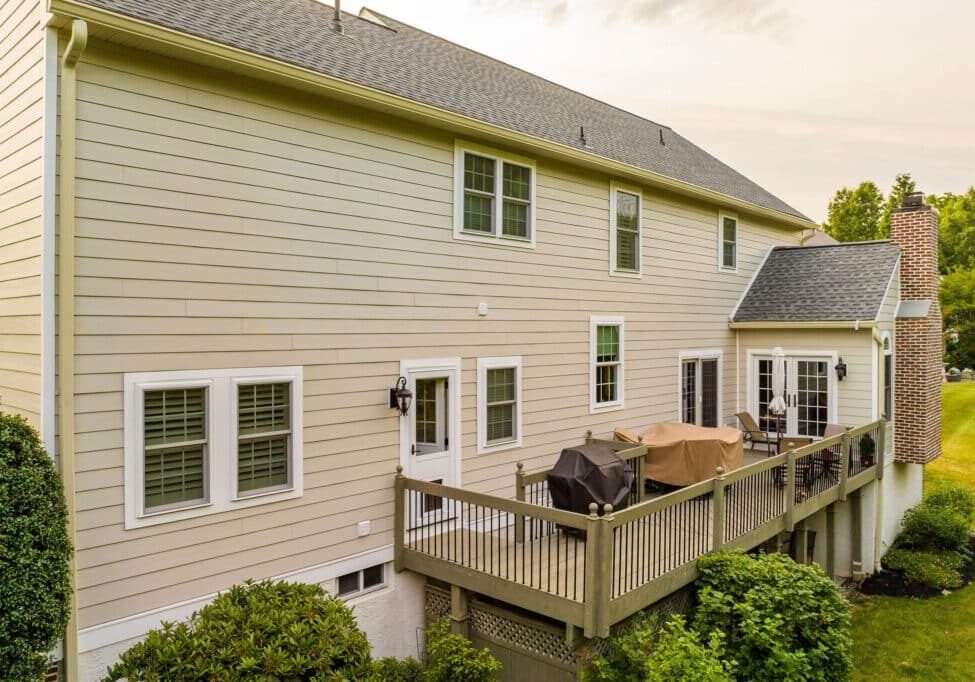
Vinyl
What Makes Choice Exteriors LLC Different?
- 6-year labor warranty on all our work
- Prompt communication from day 1
- Timely and clean work crews
- Fully licensed and insured
- We pass along all manufacturer’s warranties
Our team works hard to exceed expectations – not simply meet them!
“Choice Exteriors completed my siding and windows project on time and within what was quoted. Highly skilled, diligent, and professional staff.”
Dave
We make residential siding Simple
1
Schedule An Estimate
We evaluate the project and provide an initial quote.
2
Sign the Contract
When the details are finalized, sign the contract to start the project.
3
We do the work
From scheduling, to parts ordering, to actually doing the renovation - we take care of everything!
4
Love your brand-new space!
Love having a new home exterior & outdoor space that brings beauty and value.
Choice ExteriorsFAQs on Siding
Siding refers to the exterior covering or cladding of a house or building. It is a material that is installed on the walls to protect the underlying structure from the elements and provide an aesthetic finish. Siding serves several purposes, including insulating the building, enhancing its visual appeal, and shielding it from moisture, wind, and other environmental factors.
Vinyl siding is generally considered one of the most affordable options for house siding. It is widely available and relatively inexpensive compared to other siding materials. Vinyl siding is a popular choice due to its cost-effectiveness, durability, and low maintenance requirements. Additionally, the installation costs for vinyl siding are often lower compared to materials like wood or fiber cement.
It's important to note that the actual cost of siding will vary based on factors such as the size of the house, the complexity of the installation, regional pricing differences, and any additional features or customization options. While vinyl siding is typically the cheapest option, it's advisable to obtain quotes from contractors or suppliers in your area to get a more accurate estimate of the cost.
When it comes to choosing siding for a traditional family home, several options can complement the architectural style and provide a timeless and classic look. Here are a few siding materials commonly used for traditional homes:
- Wood Siding: Wood siding, such as clapboard or shingle siding, can add warmth and charm to a traditional home. It offers a natural aesthetic and can be painted or stained in various colors to match the desired look. Wood siding can be a good choice if you're seeking a traditional and authentic appearance, although it requires regular maintenance to protect it from rot, pests, and weathering.
- Fiber Cement Siding: Fiber cement siding is a versatile option that can mimic the appearance of wood, stucco, or masonry. It offers durability, fire resistance, and low maintenance. Fiber cement siding can provide a traditional look while offering enhanced protection against the elements.
- Brick or Stone Veneer: For a classic and timeless appeal, brick or stone veneer siding can be an excellent choice. These materials offer a rich and textured appearance and are often associated with traditional architecture. Brick or stone veneer can be used as an accent or for full coverage, adding a touch of elegance and sophistication to your family home.
- Stucco: Stucco siding is commonly used in traditional and Mediterranean-style homes. It provides a smooth and plaster-like finish, creating a clean and traditional look. Stucco can be customized with various colors and textures to suit your preferences and is known for its durability.
Ultimately, the best siding for a traditional family home depends on personal preference, regional architectural styles, and the desired level of maintenance. It is recommended to consider the overall aesthetics, durability, and compatibility with the home's architectural style when making a decision. Consulting with professionals or local contractors can provide valuable insights and help you choose the best siding option for your specific needs.
When it comes to durability and longevity, some types of siding tend to have a longer lifespan compared to others. Here are a few siding options known for their longevity:
- Fiber Cement Siding: Fiber cement siding is highly durable and can last for several decades with proper maintenance. It is resistant to rot, pests, fire, and harsh weather conditions, making it a long-lasting choice for homeowners.
- Brick or Stone Veneer: Brick or stone veneer siding is renowned for its longevity. Both brick and stone are natural materials that can withstand the test of time. When properly installed and maintained, brick or stone veneer siding can last for generations.
- Metal Siding: Metal siding, such as aluminum or steel, is known for its durability and resistance to elements like fire, rot, and pests. Metal siding can have a lifespan of 50 years or more, depending on the specific material and maintenance practices.
- Engineered Wood Siding: Engineered wood siding is designed to provide the appearance of natural wood while offering enhanced durability and resistance to rot, insects, and moisture. It can have a lifespan similar to fiber cement siding if maintained properly.
While these siding options tend to have longer lifespans, it's important to note that proper installation and regular maintenance are key factors in ensuring their longevity. Regular cleaning, inspections, and addressing any issues promptly can significantly extend the lifespan of any siding material.
Additionally, local climate conditions, exposure to sunlight, and other factors can impact the longevity of siding. It's advisable to consult with professionals or manufacturers for specific information on the expected lifespan of different siding materials in your area.
The average cost of siding per square foot can vary significantly depending on several factors, including the type of siding material, region, complexity of the installation, and any additional features or customization options. However, to provide a rough estimate, here are some general price ranges for common siding materials:
- Vinyl Siding: On average, vinyl siding can cost between $2 to $7 per square foot, including materials and installation. Keep in mind that higher-quality vinyl siding or specialized designs may be at the upper end of this price range.
- Wood Siding: Wood siding can range from $6 to $12 per square foot, including materials and installation. The cost can vary based on the type of wood used, such as cedar or redwood, as well as the style of siding, such as clapboard or shingles.
- Fiber Cement Siding: Fiber cement siding typically ranges from $5 to $12 per square foot, including materials and installation. The cost depends on factors such as the brand, thickness, and any additional treatments or finishes.
- Metal Siding: Metal siding, like aluminum or steel, can range from $7 to $15 per square foot, including materials and installation. The cost may vary based on the specific metal chosen, thickness, and any additional coatings or finishes.
- Brick or Stone Veneer: Brick or stone veneer siding can be more expensive, averaging between $10 to $30 or more per square foot, including materials and installation. The price varies based on the type of brick or stone, labor involved, and complexity of the installation.
It's important to note that these are rough average estimates, and the actual cost can vary significantly based on individual circumstances. Obtaining quotes from local contractors or suppliers is the best way to get an accurate cost estimate for your specific project.
Installing vinyl siding typically involves the following general steps:
- Preparation: Ensure that the exterior walls are clean, smooth, and properly sheathed. Repair any damaged areas, install weather-resistant barrier or house wrap, and apply any necessary trim pieces around windows, doors, and corners.
- Starter Strip: Install a starter strip at the bottom of the wall to provide a base for the first row of siding panels. The starter strip helps ensure proper alignment and secure attachment of the siding.
- Install the First Panel: Begin at a corner of the house and attach the first vinyl siding panel by hooking its bottom edge onto the starter strip. Fasten the panel to the wall by nailing or using specialized siding nails or screws through the nailing flange, leaving a small gap for expansion. Ensure the panel is level and plumb.
- Continue Installing Panels: Slide the next panel's top edge into the previous panel's bottom edge, engaging the locking mechanism. Secure the panel to the wall and continue this process, overlapping each panel slightly to allow for expansion. Trim the last panel in each row to fit as needed.
- Window and Door Trim: Install J-channels around windows and doors to create a finished look and provide a channel for water runoff. Cut and install pieces of siding to fit around windows and doors, using special techniques like J-trim and utility trim for a clean appearance.
- Corners and Trim Pieces: Install corner posts or trim pieces at the corners of the house. These pieces often have a built-in locking mechanism to secure the siding panels.
- Soffit and Fascia: Install soffit panels under the eaves and fascia boards along the roofline to complete the siding installation. These components provide a finished appearance and help protect the roof structure.
It's important to follow the manufacturer's instructions and guidelines specific to the vinyl siding product you're using, as installation methods may vary slightly. Additionally, it's recommended to consult local building codes and regulations and consider hiring a professional contractor for the installation if you're unfamiliar with the process or if the project involves complex or large-scale work.
Siding Contractor in Chester County, PA
Your home is one of your most important investments, and it's time to give it the protection it deserves.
Siding is a crucial part of protecting your home from the elements. It can also add some extra curb appeal.
We offer top-of-the-line siding in a variety of styles to suit your needs. We're also very particular about our flashing installation process, which helps keep water out and protects your home for years to come.
